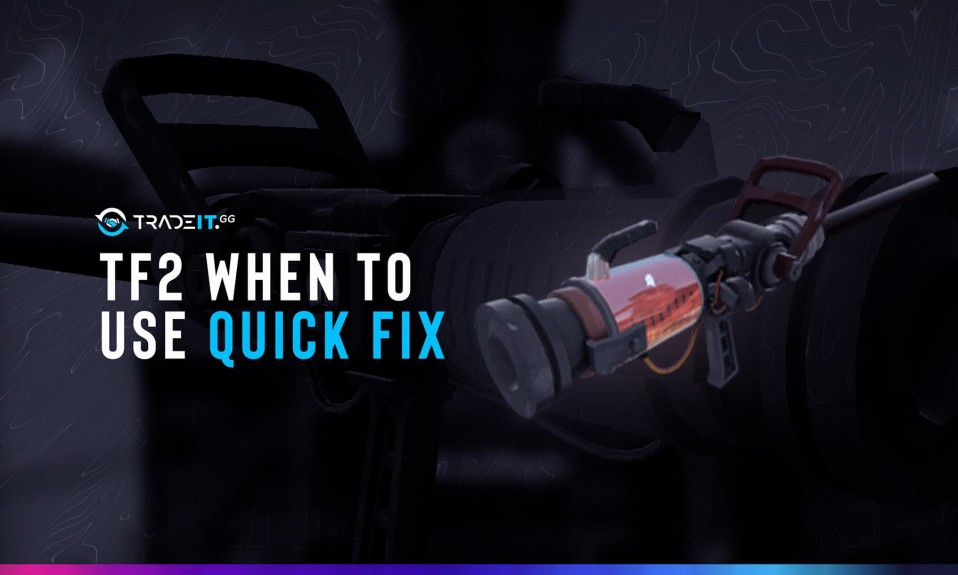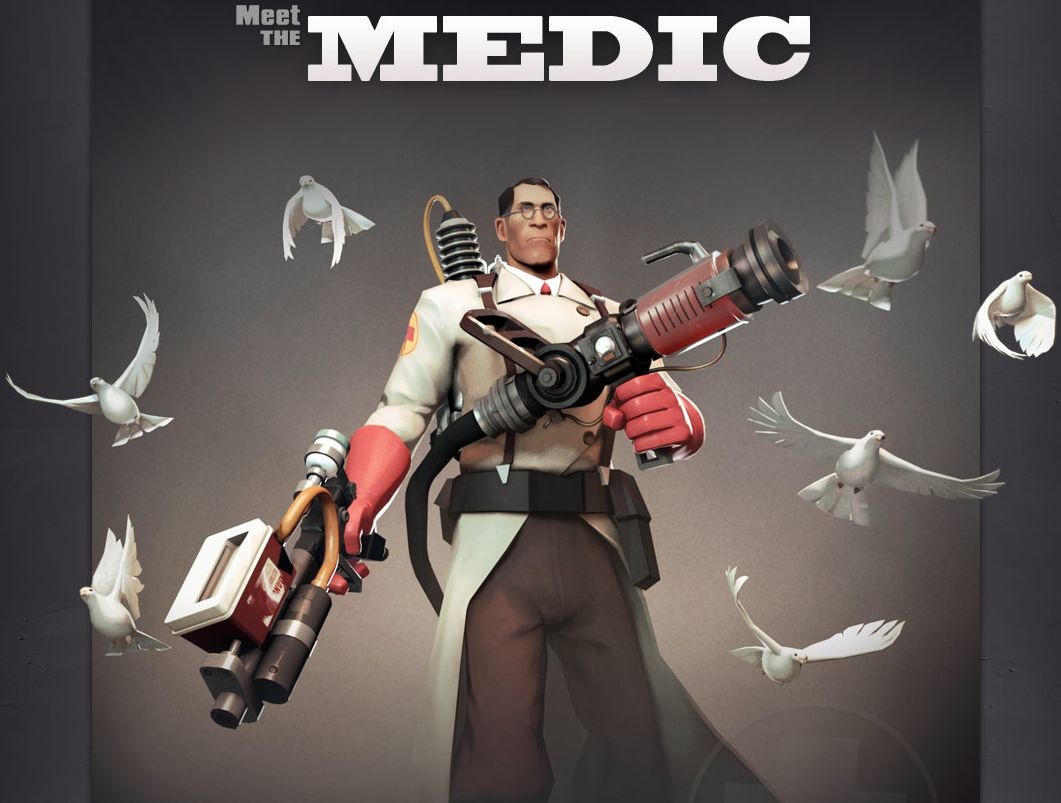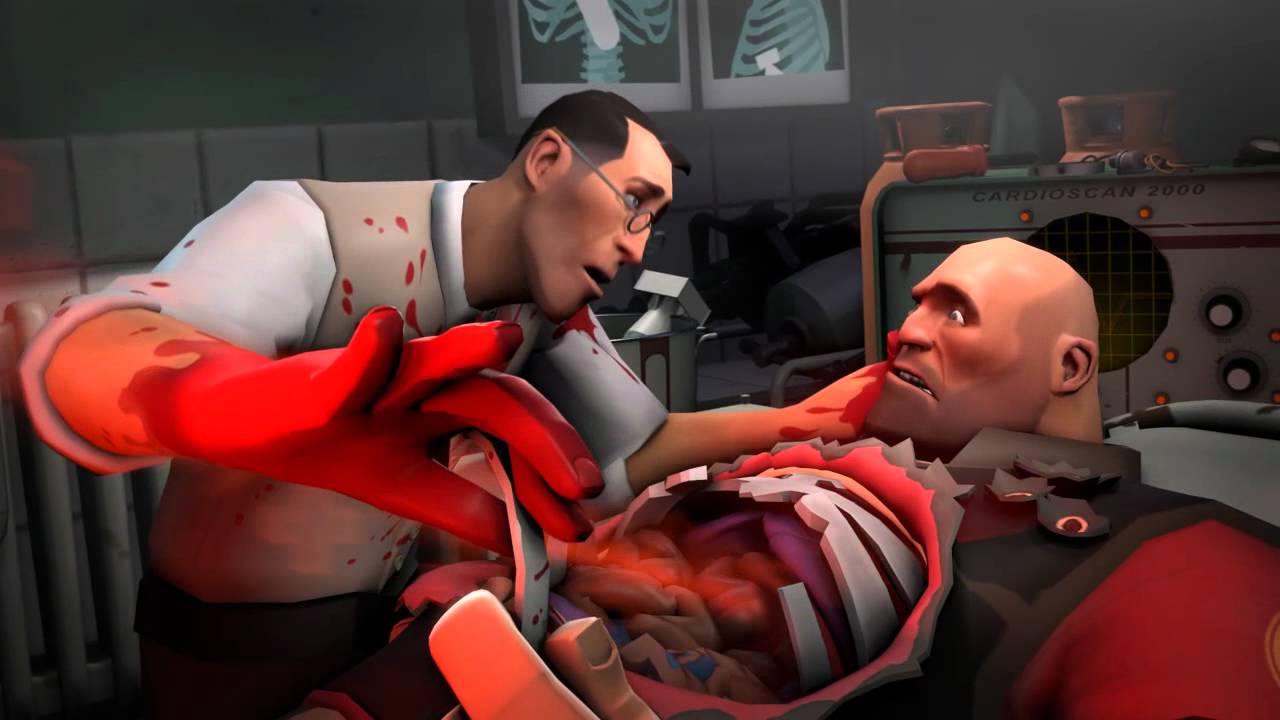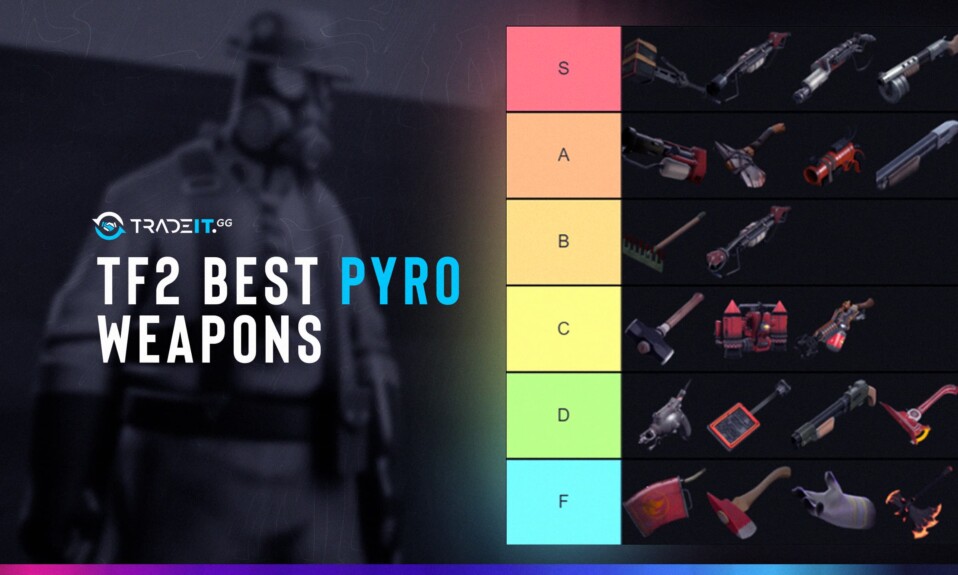
Team Fortress 2 has many classes to choose from, one of which is the Medic. When playing this class, you get to choose your weapon loadout, and one of the primary weapons you can use is the TF2 Quick-Fix.
This weapon is very powerful, but it comes with a debuff: -50% overheal. In TF2, that’s significant. But the benefits more than compensate for it.

The Characteristics of Quick-Fix
When playing TF2, Quick-Fix is one of the best primary weapons you can use for your Medic. It gives you +40% heal rate and +10% UberCharge rate.
Like other primary weapons used by the Medic, it also gives your character a movement speed equal to that of your patient. The speed bonus that you receive from your healing target is precious in the heat of battle.
Another interesting effect is mirroring the heal target’s blast jump and shield charge. This makes the Medic a perfect partner for the Heavy and the Soldier.
The weapon’s Uber effect is the Megaheal. This means that when the weapon is fully charged, the healing rate is increased by 300% for both the patient and yourself. The two of you also become immune to stun and damage forces, which is quite overpowered. However, you cannot defend or capture a point during this effect. Nor can you push the cart.
To learn more about the weapon and the Medic class, you can check out the Team Fortress wiki.
How to Use Quick-Fix in TF2
Using Quick-Fix in Team Fortress 2 requires excellent coordination between yourself and your patient. Ideally, you should play with a friend and communicate at all times using TeamSpeak or Discord. That way, you will maximize the potential of the Quick-Fix strategy.
The goal here is to keep your patient at full health and yourself out of harm. Of course, knowing how the Medic class likes to play, your opponents will seek to kill you first. It’s a standard tactic in all video games to kill the healer before you kill the main target. Without his support, the Heavy, the Demoman, or the Soldier will die much faster.

When you start to get targeted, you need to protect yourself but you also need to communicate to your patient that you need him to protect you or to perform a synchronized retreat.
If your patient is a Scout, be prepared to move fast in and out of battle. The faster your patient’s movement speed, the harder it is to synchronize with him and the more severe the need to communicate at all times.
With enough practice, you can reach a point where the other player can understand your intentions, and you can understand his without having to make a request each time you change direction.
When you and the person who is your patient can read the game the same way, playing Medic with the Quick-Fix becomes a lot of fun. But at first, it’s challenging.
Another thing to keep in mind is this: because Quick-Fix offers only half the overheal provided by other primary weapons, you should always play near more than just one teammate.
TF2 Quick-Fix
This healing weapon is designed to allow you to quickly heal one target and then move to the next. If you only help one person with it, you’re probably utilizing just half of its potential.
When being paired with a patient, you need to learn the limits of what can be done using continuous healing. Given the heal-over-time aspect of Quick-Fix, the ideal scenario is one in which your patient takes damage at a rate that’s lower than the one of your healing. Otherwise, he will still get killed no matter how hard you try.
Snipers are really good against Medics and patients with low HP because they can kill really fast with one headshot. This is one of the reasons why you should try to pair up with a Heavy or some other class that can withstand a lot of damage before dying so that you can have enough time to heal them back up to full HP.



